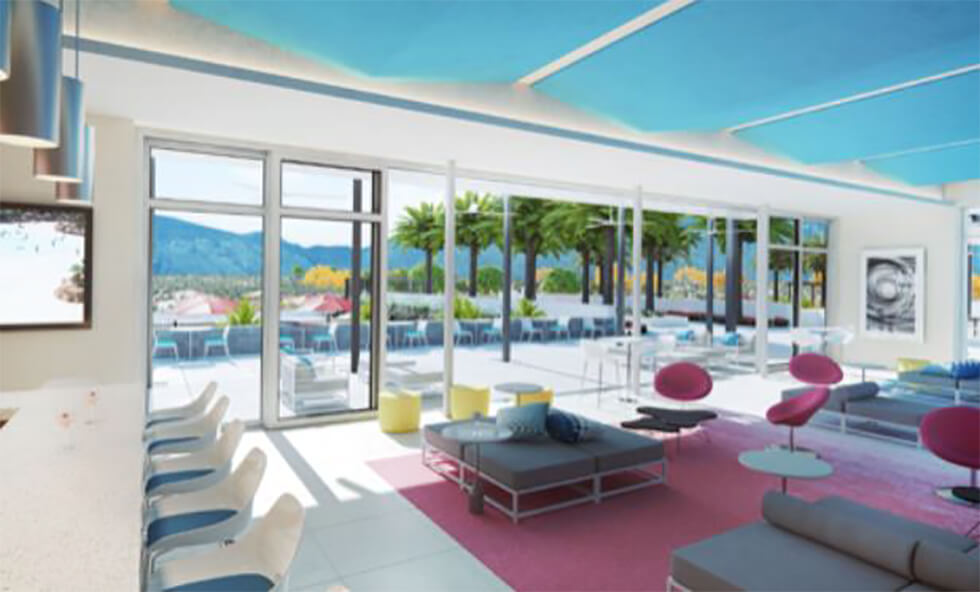
January 27th, 2020
Why Local Matters in Housing Design
Original article by Kelsi Mari Borland for GlobeSt.com >
The local community culture can make or break a master plan design and amenity options.
Local is the key to a successful housing community. Adapting the design and amenity options to the local community and surrounding culture can make or break a project, and in master plan developments, it is crucial to pay close attention to the surrounding market.
“A successful masterplan is a reflection of its surroundings,” Suzanne M. Maddalon VP of marketing at masterplan developer Freehold Communities, tells GlobeSt.com. “At our South Florida and Palm Springs communities, for example, it’s essential that the amenities are resort-style. Shearwater, near St Augustine, is like a beach club, with a lazy river and other pools, and a clubhouse programmed year-round with activities. Miralon, opening this year in Palm Springs, includes a Mid-Century Modern-style lounge complete with a bar, because the Mid-Century style has historic roots in the region, and our research pointed to the cool bars of downtown Palm Springs, along with yoga studios, pet parks and gardens. Headwaters is near Texas’ wine country, so we make wine tasting from local vineyards part of the experience.”
Localized design isn’t only about culture and aesthetic preferences. It is also about job and employment centers. “Consider the market economies. Communities near red-hot tech hubs—Silicon Valley, Boston, Austin, and Seattle—will let buyers customize homes to their careers, upgrading Internet speeds, and offering them their choice of smart-home platforms,” says Maddalon.
Austin has become a prime example of the connection between market culture, demographics and design. “Urban Land Institute’s recent Emerging Trends in Real Estate 2020 report put Austin at the center of two major trends: It listed the city as the ‘Number-One U.S. Market to Watch’ for ‘overall real estate prospects,’” says Maddalon. “And it identified hipsturbias— cool suburbs often associated with creative-office centers—as a top trend. With Apple building a $1 billion campus there, the live-music capital of Austin is one of the most creative cities in the U.S. in multiple ways.”
Outside of the central ring, the demographics change, and so does the property structure. “Austin-outskirts buyers are often creatives with young families who still value elements of an urban lifestyle,” says Maddalon. “Here Freehold Communities builds “Wifi Cafes” with co-working spaces. But the reality is, no matter what part of the country you’re in, communities absolutely must have the latest tech. It is no longer an amenity, it’s a necessity.”